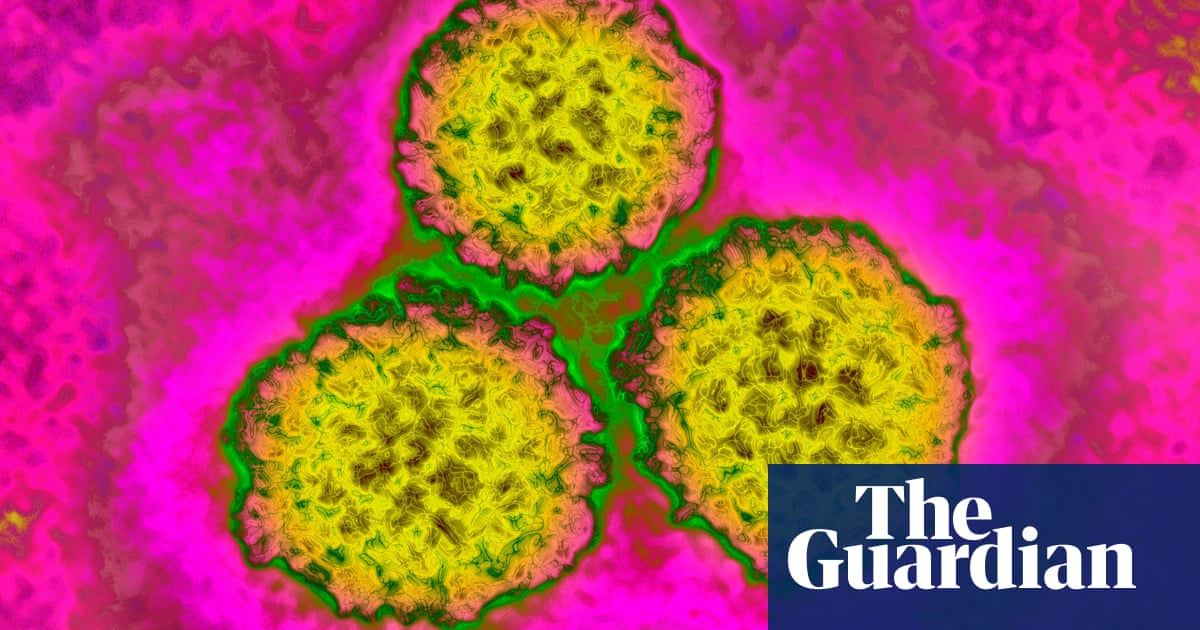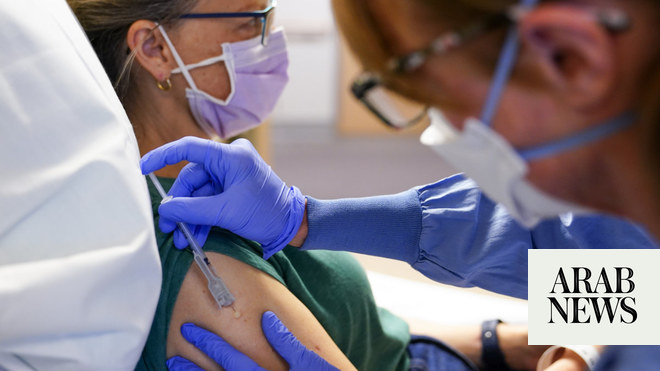
A medical device that uses microwaves to destroy verrucas could provide a less invasive way of treating pre-cancers and cancers caused by human papillomavirus (HPV), as well as genital warts.
Almost all cervical cancers and most cancers of the vagina, vulva, penis and anus are caused by HPV. Certain variants of the virus cause genital warts, a sexually transmitted infection that affects 3-4% of British adults.
Currently, most of these cancers or pre-cancers are treated by cutting or burning away the affected cells and some surrounding tissue, which is effective but can be uncomfortable and cause bleeding or inflammation. Treating the cervix also increases the risk of preterm birth if the woman subsequently becomes pregnant.
Genital warts tend to be frozen off but sometimes require multiple treatments and may return.
Seeking an alternative treatment, Prof Sheila Graham, of the MRC-University of Glasgow Centre for Virus Research, and colleagues turned to a machine called Swift that is already used in clinics to treat stubborn warts and verrucas. It uses a small probe to deliver microwave energy to underlying cells, heating them up from the inside to about 45-48C.
Unlike existing cancer and pre-cancer treatments, which also remove healthy tissue, only those cells directly below the probe are affected.
In a recent study, microwaves were used to treat stubborn verrucas – which are also caused by certain variants of HPV – resulting in a 76% clearance rate, compared with 33% when they were frozen off with liquid nitrogen. Data suggests that the treatment rallied immune cells to the site, helping to clear any remaining virus.
To investigate its potential as a cancer treatment, Graham’s team tested the device on chunks of pre-cancerous or cancerous cervical tissue that had been grown outside the body.
“We found that the treatment is very precise, only inducing temperature changes in the tissue at the site of delivery,” Graham said. “This temperature change induces something called a heat shock response, which shuts down the process of making proteins, including the viral proteins that cause cancer.”
The treatment also triggered the production of a molecule called p53 that causes cancerous or precancerous cells to recognise they are damaged and self-destruct. The study was published in Lancet eBioMedicine.
Graham said: “We are thrilled that our results demonstrate that this treatment could be a novel therapy for HPV-associated diseases. Current treatments can cause sustained bleeding or inflammation and diseased tissue can be missed, whereas heat treatment through microwaving could provide better tissue coverage and be more acceptable and better tolerated by patients than existing strategies. The mild nature of the procedure would mean that sequential treatments could be spaced more closely and could save NHS clinic time and resources.”
The team hope to begin a clinical trial in patients with anal pre-cancers later this year, followed by a trial in patients with genital warts.
Dr Anita Mitra, a gynaecologist and obstetrician and an ambassador of the Eve Appeal, said: “This study provides exciting and encouraging data necessary for the development of a new way of treating HPV-related anal and vulval cancers and pre-cancers.
“Individuals with these conditions often need to undergo multiple operations to remove the disease, which is often recurrent and can be quite disfiguring, and result in problems with controlling the passage of stool or urine. This technique offers the potential for a greater precision of treatment with less damage to surrounding healthy tissue.”
David Winterflood, chief executive of the Anal Cancer Foundation, said: “As HPV cancers continue to rise in the UK, it is vital that doctors and nurses are equipped with better tools to combat these devastating diseases in their precancerous stages.
“We’re encouraged by any research that works toward preventing the suffering caused by HPV cancers.”












